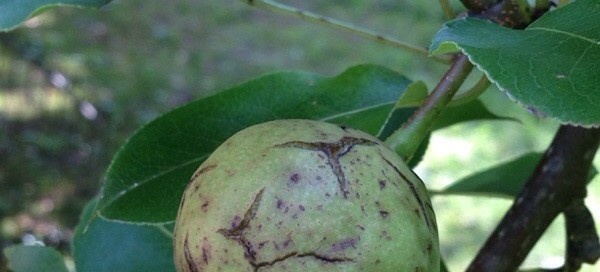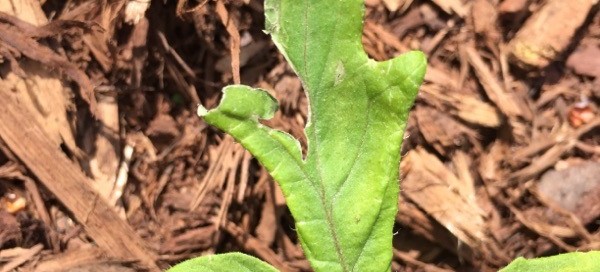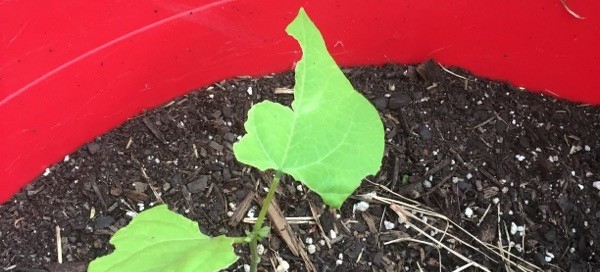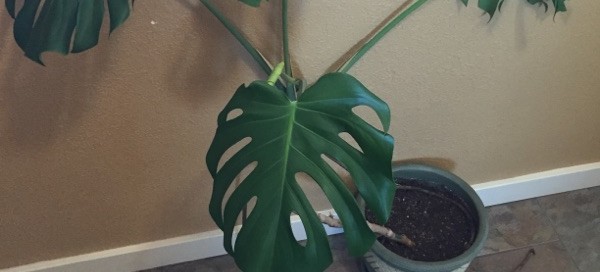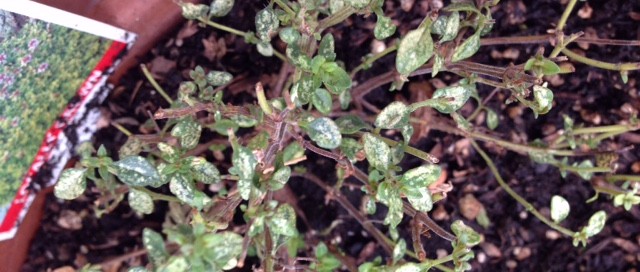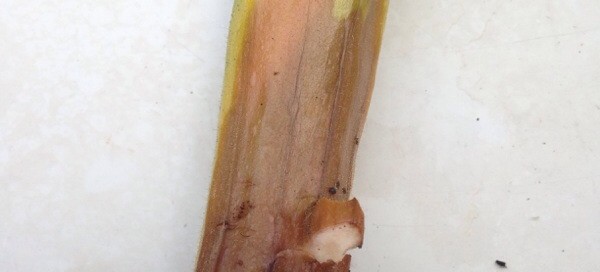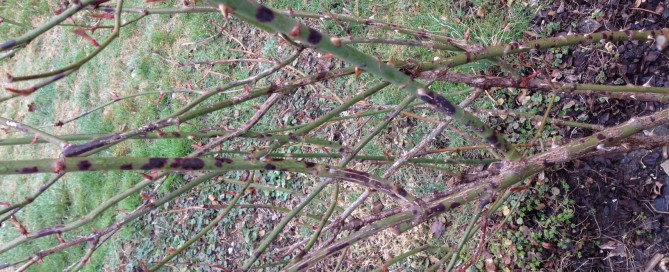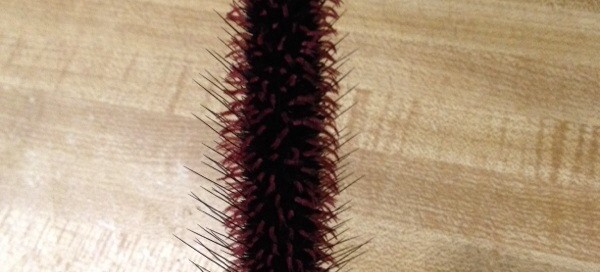Uneven Watering And Fungus
There are two things that are most likely coming into play here. The most common cause of splitting of fruit, be it pears or tomatoes, is uneven watering. We see this when it's been dry for a week or more and then there is a heavy rain. Keeping the plants evenly but not overly watered is the cure. You can also see some fungal action on this fruit - the spots - and the blackening of the cracks. Fungi will commonly move in on cracked fruit. The fact that the foliage looks good (at least what we can see) is a sign that there isn't something more dire going on at root level. (There are root-rot fungi that can cause marred and split fruit, but you'd see yellowing or drooping foliage if this was the problem.) Any of the pears that look this way and go on to ripen might be OK cooked - they are just not that attractive as raw fruit. Next year keep the ground evenly moist - you could spray with one of the organic fungicides for the fungal fruit spot if you'd like.
